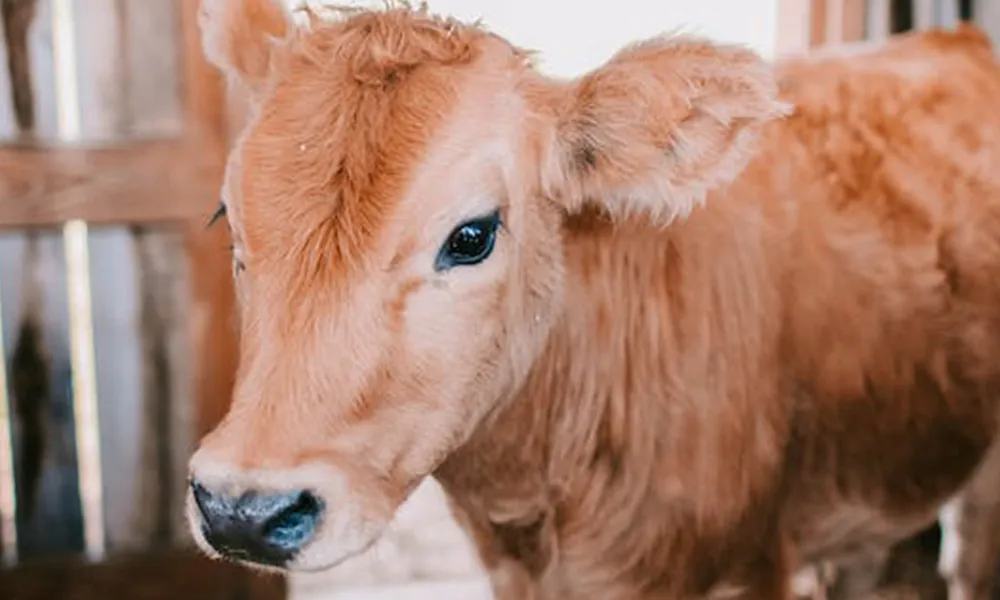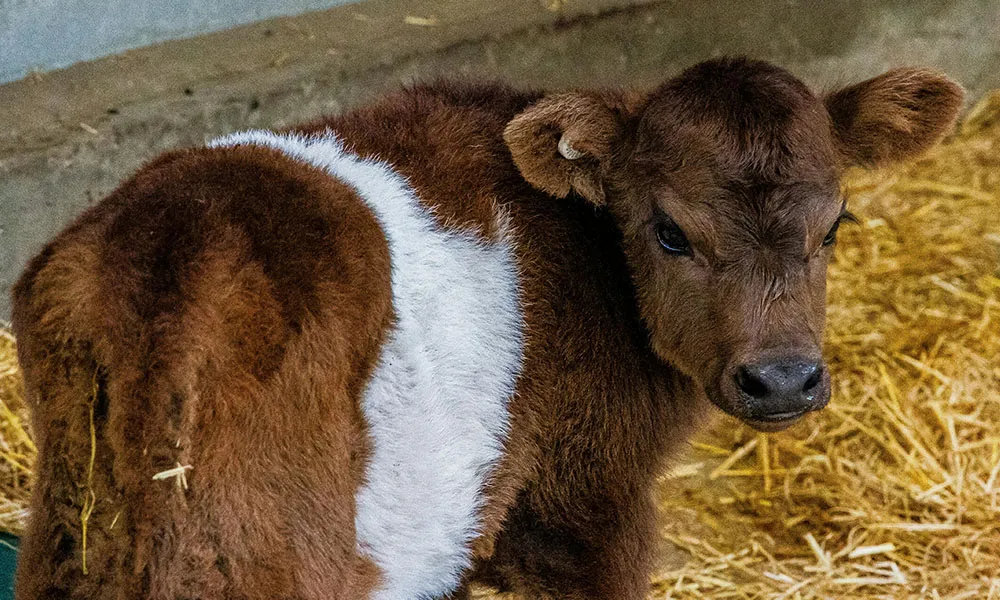
With the housing season now well underway, we are all on the lookout for the plethora of illnesses likely to affect cattle during the cold months of the year. Among these ailments, few are more common than winter dysentery. Almost all of us will have dealt with this disease in the herd at some point and, while it is very rarely fatal, it can cause cattle to lose ground.
Winter dysentery is a significant cause of farm revenue loss, and we should be particularly concerned to prevent pregnant cows from contracting it.
What is winter dysentery?
In short, winter dysentery is a highly infectious disease of unknown cause. While a strain of coronavirus is regarded as the most likely culprit, there is no conclusive evidence to support this theory. At any rate, it is clearly a viral infection.
Once the disease gets into the herd, it spreads quickly and affects the majority, if not all, animals in the vicinity.
Signs and symptoms
The symptoms of winter dysentery may appear similar to some more serious diseases, but they do not last. Farmers should be on the lookout for foul-smelling, explosive diarrhoea that may contain some blood. Symptoms may only be noticeable in one or two animals at first; but it will spread to the rest of the herd within a few days. Milk yield tends to be negatively impacted by winter dysentery, with animals producing up to 50% less milk during the period of infection.
Animals usually recover from the infection within 2-3 days. The short period of symptomatic disease, as well as the rapid spread of infection, will help farmers to differentiate winter dysentery from more serious ailments such as Johne’s Disease. In this sense, diagnosis of winter dysentery can often be a relief to farmers who fear much worse.
Treatment
There is no obvious cure for winter dysentery, and in most cases we just have to wait for symptoms to ease and disappear.
However, it is crucial that infected animals are provided with adequate drinking water. If you suspect that animals are becoming dehydrated due to severe diarrhoea, you should administer electrolytes as quickly as possible.
Prevention
As there is no cure for winter dysentery, we should do everything we can to prevent it from entering our herd in the first place.
When making a plan to prevent the disease from getting into our animal houses this winter, it is important to remember that infection is always introduced from an external source. Therefore, it is essential that we maintain good hygiene when entering and leaving the shed; and that we demand the same of others, be they vets, farm workers, family members or neighbours.
Having an isolation period for bought-in animals will also help to keep disease out. Keep recently bought animals in a separate house for at least a week before introducing to the main herd. Make sure to clean your hands and disinfect your boots when working with recently purchased livestock, or livestock from another farm.
Silver lining
While winter dysentery can be a nuisance, there are a couple of silver linings. First of all, as mentioned above, the disease is very rarely fatal. If an animal dies from it, they were most likely very ill to begin with.
In addition, once your animals have contracted it they should achieve herd immunity. This means that the herd should not contract it again for another five years at least.











